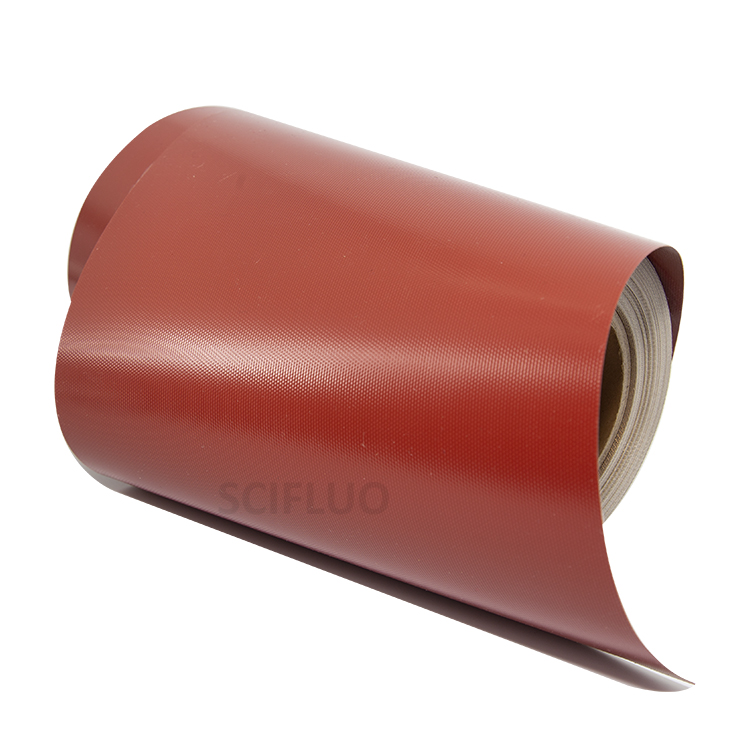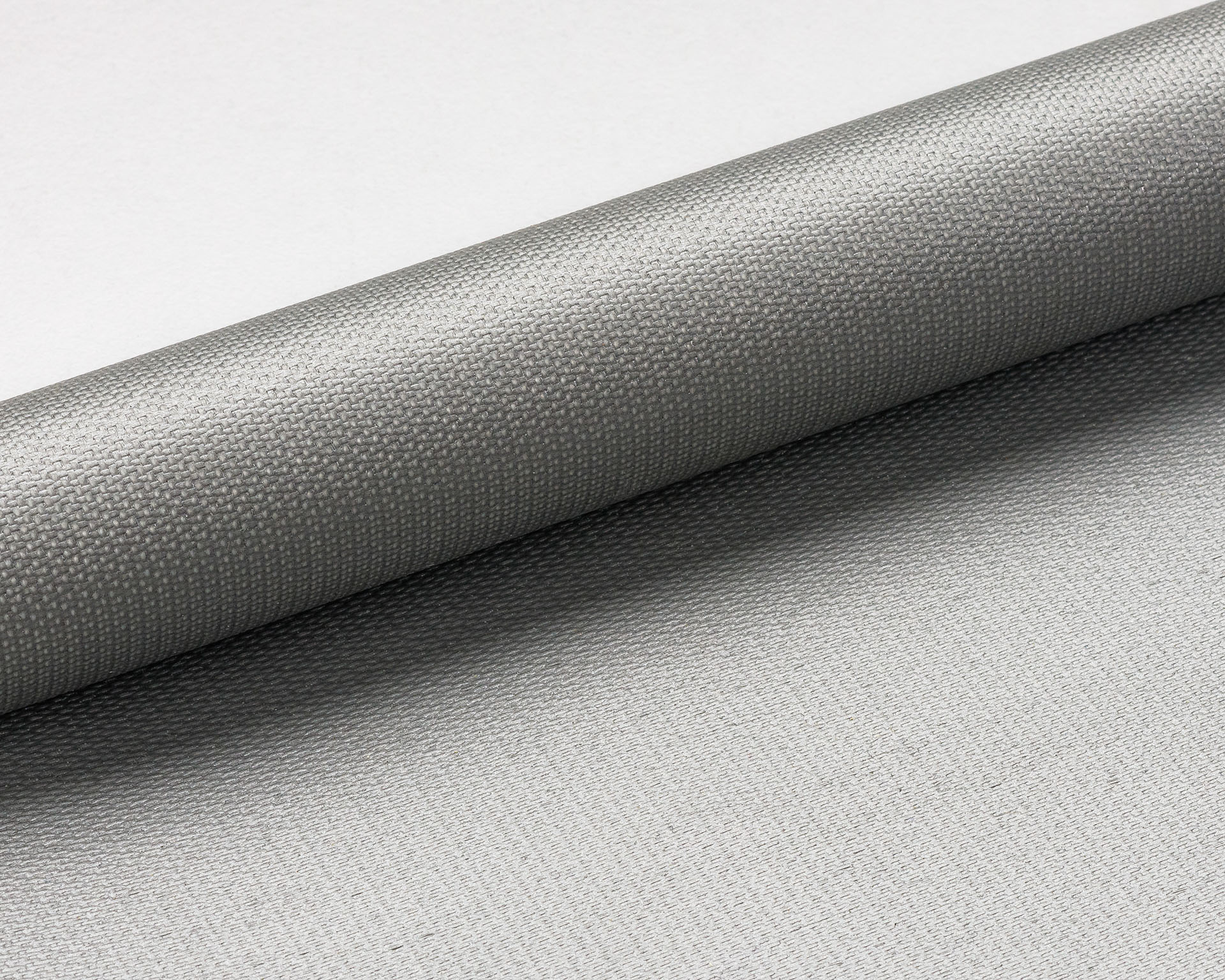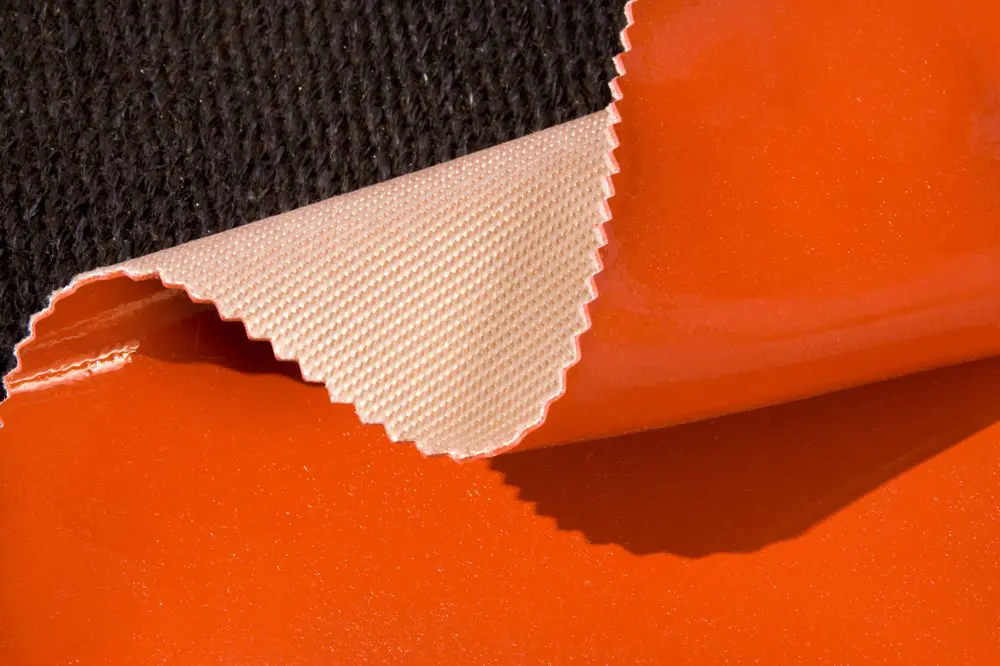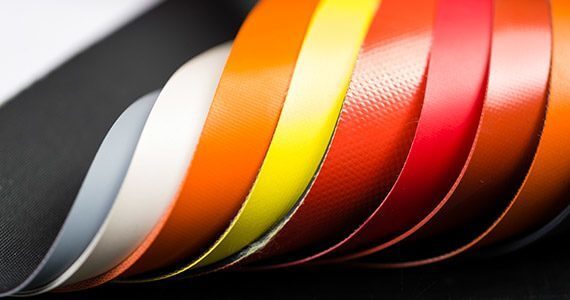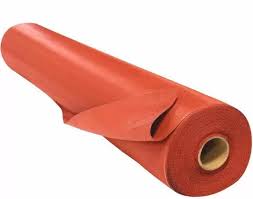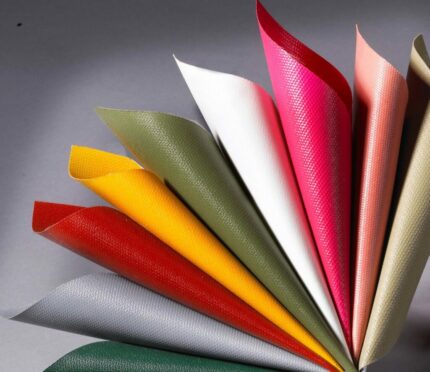Description
Silicone-coated fabrics have emerged as a versatile and durable material option across various industries, thanks to their unique properties and applications. These fabrics typically consist of a woven or non-woven substrate that is coated with a layer of silicone, offering enhanced resistance to moisture, chemicals, and extreme temperatures. This makes them ideal for environments that demand durability and resilience, such as outdoor gear, industrial applications, and medical devices. The silicone coating not only imparts hydrophobic properties, preventing water absorption, but also enhances the fabric’s overall strength, ensuring it can withstand wear and tear over extended periods.
In addition to their functional advantages, silicone-coated fabrics are also celebrated for their aesthetic qualities. Available in a variety of colors and finishes, these fabrics can be used in fashion and design applications, offering both practicality and visual appeal. The lightweight nature of silicone-coated fabrics allows for flexibility in design while maintaining structural integrity—a crucial factor in products ranging from tarpaulins and canopies to custom upholstery. Moreover, the easy-to-clean surface of silicone-coated materials promotes hygiene and maintenance, making them an attractive choice for sectors such as healthcare and hospitality.
The sustainability aspect of silicone-coated fabrics is also gaining attention. Many manufacturers are now exploring eco-friendly silicone formulations and substrates, focusing on reducing the environmental impact of production processes. As consumers increasingly prioritize sustainability, the demand for silicone-coated fabrics that balance performance with eco-consciousness is on the rise. This shift not only reflects a growing awareness of environmental issues but also presents opportunities for innovation within the textile industry, paving the way for advanced materials that meet modern standards without compromising quality or usability. Overall, silicone-coated fabrics represent a fusion of functionality, aesthetics, and sustainability, making them a valuable asset across diverse applications.


